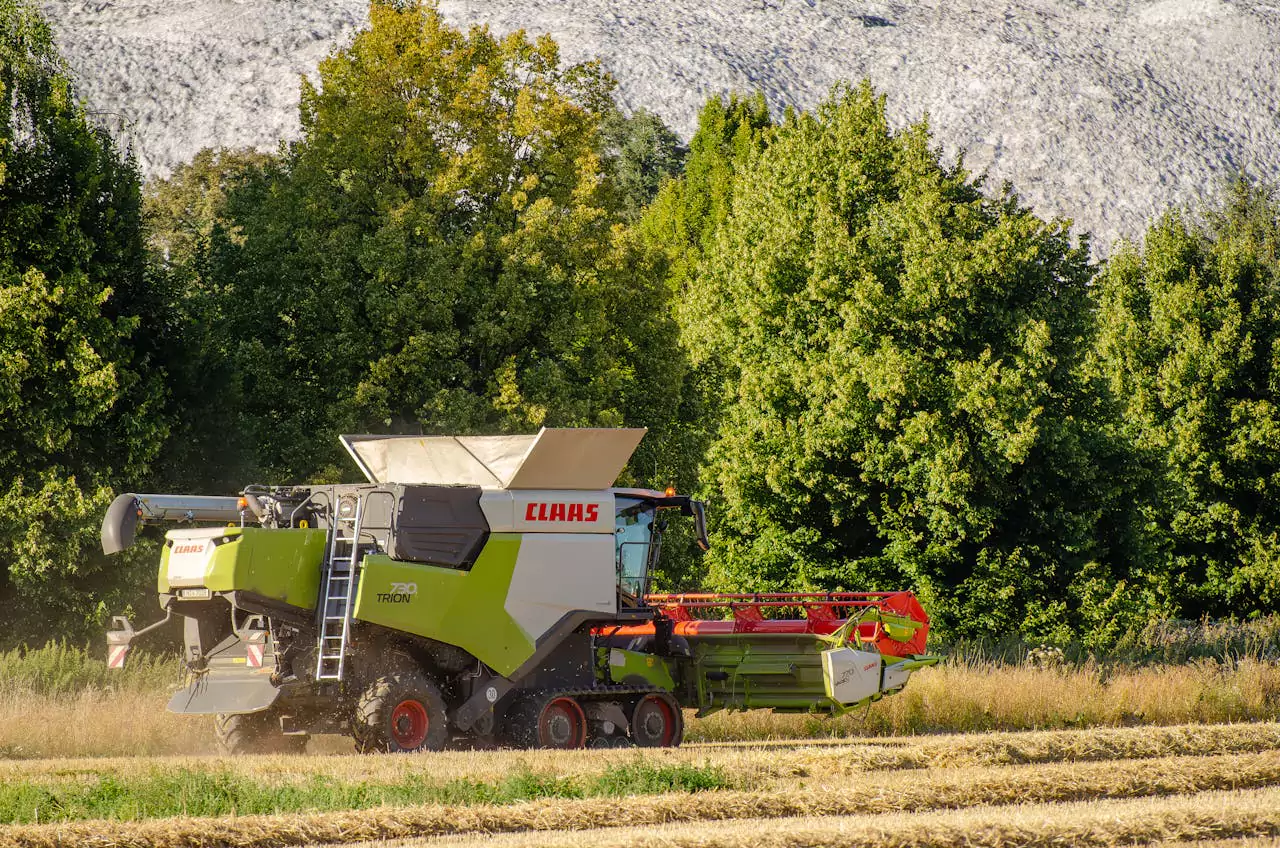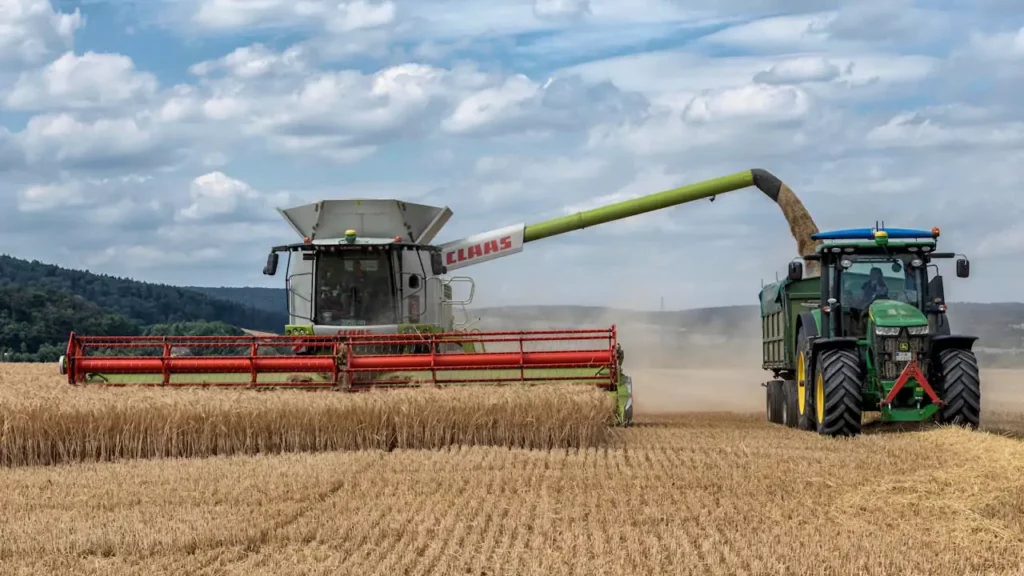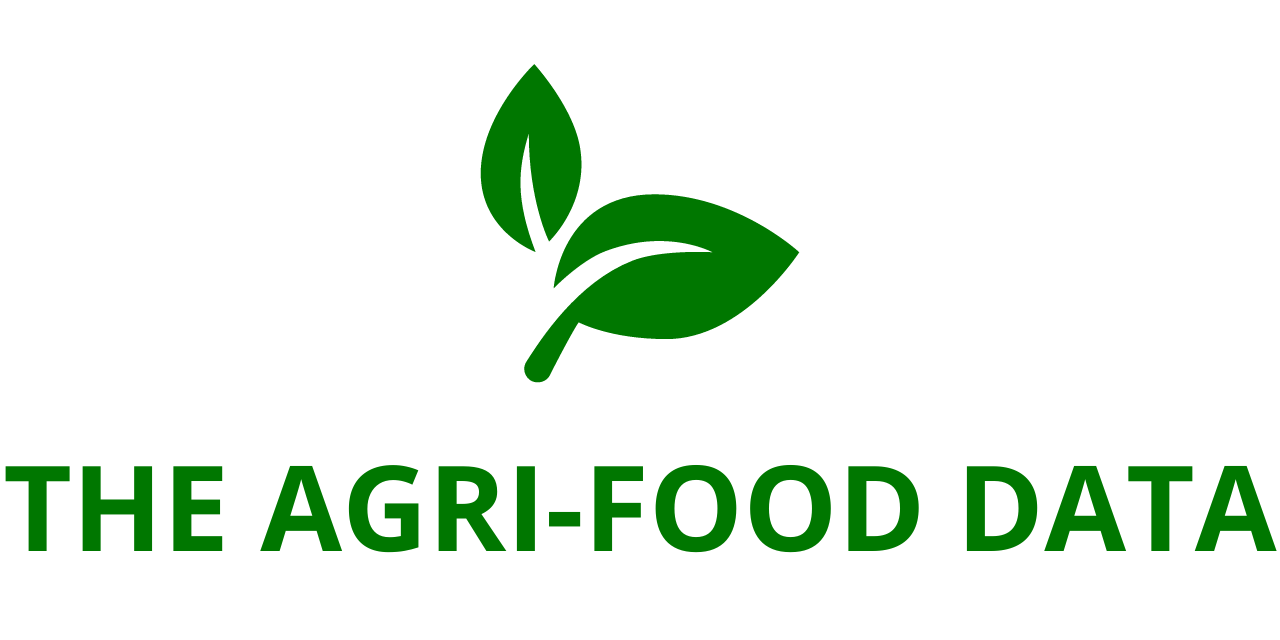
Global Ag Equipment Market Forecast 2025–2030: Key Players AGCO, CNH, Deere, Kubota, Mahindra
A new report titled “Agriculture Equipment Market – Global Outlook & Forecast 2025-2030″, now available through ResearchAndMarkets.com, offers a comprehensive analysis of the evolving global agriculture equipment landscape. According to the report, the market is expected to grow from 4,937.30 units in 2024 to 6,253.50 units by 2030, representing a compound annual growth rate (CAGR) of 4.02%. This growth underscores the transformative shifts underway in the agricultural sector, driven by innovation, sustainability, and an increasing demand for food production efficiency.
Innovation and Diversification Reshape the Market
The global agriculture equipment market is experiencing rapid advancements across multiple machinery categories, including tractors, irrigation systems, soil preparation tools, harvesting machines, and crop protection equipment. Ag Equipment These product developments reflect a growing global focus on sustainable farming practices, automation, and digital technologies. Modern agricultural operations are demanding more from their equipment—greater precision, better fuel efficiency, and smarter integration with digital platforms.
One of the most notable developments is the increased incorporation of cutting-edge technologies such as GPS, the Internet of Things (IoT), artificial intelligence (AI), and automation into farm machinery.Ag Equipment These features are becoming standard in new product lines as companies aim to increase productivity and reduce human labor requirements.
Competitive Landscape: A Race for Innovation
The market remains highly competitive, with a blend of global industry leaders, regional players, and a growing number of tech-driven newcomers. Dominant manufacturers like John Deere, CNH Industrial, AGCO Corporation, Kubota Corporation, and Mahindra & Mahindra have consolidated their positions through a mix of R&D investments, strategic acquisitions, and geographic expansion.
John Deere, for instance, reported a massive USD 61.5 billion in revenue in 2023, with nearly 60% of it coming from its agriculture division. Ag Equipment The company continues to lead the market with innovations like its autonomous tractor, introduced in 2024, which uses AI for real-time crop analysis and autonomous navigation. Similarly, CNH Industrial and Kubota Corporation posted revenues of USD 22.5 billion and USD 21.3 billion respectively, fueled by strong performances in their agricultural equipment lines.
Meanwhile, Mahindra & Mahindra continues to dominate the volume game. Ag Equipment As the world’s largest tractor manufacturer by units sold, Ag Equipment Mahindra shipped over 390,000 tractors in 2023, focusing on affordability and customization for emerging markets.
AGCO Corporation has also made significant strides, particularly in North America. Its Precision Planting SmartFarmer system achieved a 25% adoption rate in 2023, showcasing the growing acceptance of precision agriculture among traditional and modern farmers alike.
Electrification and Sustainability Take Center Stage
One of the most transformative trends in the industry is the push toward electrification. Companies like Solectrac, Monarch Tractor, MahinAg Equipmentdra, and Yanmar are at the forefront of this transition, introducing electric and hybrid models that reduce carbon emissions while improving operational efficiency. Solectrac experienced a 30% year-on-year growth in 2023 due to its electric tractor sales in North America.
India has also emerged as a stronghold for electric agricultural machinery. Mahindra’s e-Kaali electric tractor sold over 10,000 units in just six months, aided by aggressive government subsidies aimed at supporting clean energy solutions in agriculture. In Japan, Yanmar’s SmartAssist Remote electric tractor enjoyed a 15% sales increase in its debut year, thanks to features that optimize remote operation and energy use.
Key Market Drivers
Rise in Precision Agriculture
Precision agriculture continues to be a major growth catalyst. Farmers are increasingly adopting GPS-guided machinery, data analytics platforms, autonomous tractors, and IoT-enabled systems to streamline operations. These technologies not only increase crop yields but also reduce costs, enhance environmental sustainability, and allow for more efficient use of inputs like water, fertilizers, and pesticides.
Companies such as John Deere, Kubota, and CNH Industrial are at the forefront, with ongoing investments in smart farming tools and decision-support software. Ag Equipment Governments in emerging markets are supporting this trend with subsidies and incentive programs aimed at boosting productivity and sustainability.
Growing Capital Investment by Equipment Manufacturers
Major equipment producers are committing substantial financial resources to R&D and strategic acquisitions. John Deere, for example, is investing USD 3.5 billion into automation and electric machinery. Similarly, AGCO Corporation acquired precision agriculture company Fendt in 2023, reinforcing its foothold in high-tech farming solutions.Ag Equipment These investments highlight how manufacturers are preparing to meet future agricultural challenges through innovation and portfolio diversification.

Market Restraints
Rise of the Agricultural Equipment Rental Market
While the industry is growing, it also faces several headwinds. A notable challenge is the increasing popularity of rental agricultural equipment, particularly in regions where farming is seasonal or landholdings are small. Rental services offer farmers access to advanced equipment without the financial burden of ownership, altering traditional purchasing patterns. This trend is gaining traction across Asia, Africa, and Latin America, posing a threat to new machinery sales and forcing manufacturers to rethink distribution and service models.
Ongoing Supply Chain Disruptions
Supply chain instability remains a critical issue. Geopolitical tensions, semiconductor shortages, and rising raw material costs—particularly for steel—have disrupted manufacturing timelines. In 2023, John Deere reported delays of up to six months on some models, while CNH Industrial experienced a 5% dip in Q1 equipment sales. Emerging markets, including India and parts of Africa, continue to struggle with port congestion and logistical bottlenecks, further hindering equipment availability and slowing market momentum.
Regional Insights
Asia-Pacific Leads the Market
The Asia-Pacific (APAC) region accounted for over 58% of the global agriculture equipment market share in 2024. This dominance is largely due to the region’s massive population and rising food demand. Governments in China, India, and Japan are actively promoting modern farming through subsidies, innovation grants, and infrastructure development. Notable initiatives include Japan’s Smart Agriculture Project and Australia’s Ag2030 strategy, both of which aim to revolutionize farming with robotics and data-driven tools.
North America: Technology-Driven Growth
In North America, strong government funding and private sector innovation are driving rapid market growth. The USDA committed over USD 500 million in 2023 to promote digital agriculture, including IoT and autonomous machinery. Companies like Deere & Company are seeing tangible benefits, with a 15% sales increase in precision tools last year. Venture capital is also playing a pivotal role; for example, Indigo Agriculture secured over USD 2 billion to expand its sustainable farming solutions.
Europe and Latin America Advance Through Sustainability
Europe’s market is growing steadily, supported by the European Commission’s USD 1.5 billion investment under Horizon Europe for sustainable farming research. European manufacturers are focusing on carbon-neutral technologies, reflecting strong regulatory and consumer demand for sustainability.
In Latin America, urbanization and food demand are fueling machinery adoption. With more than USD 5 billion invested in agricultural technology in 2023, countries like Argentina, Brazil, and Chile are turning to equipment innovations to improve yields and combat climate change. Regional efforts are also supported by public-private partnerships focused on reducing resource consumption and boosting efficiency.
Middle East and Africa Show Emerging Potential
The Middle East and Africa (MEA) region is beginning to show strong growth potential, fueled by government programs aimed at enhancing agricultural self-sufficiency. In water-scarce nations like Saudi Arabia and the UAE, precision irrigation and autonomous farming tools are being adopted to maximize yields. Strategic collaborations between governments, startups, and multinational companies are laying the groundwork for a more resilient agricultural infrastructure.





